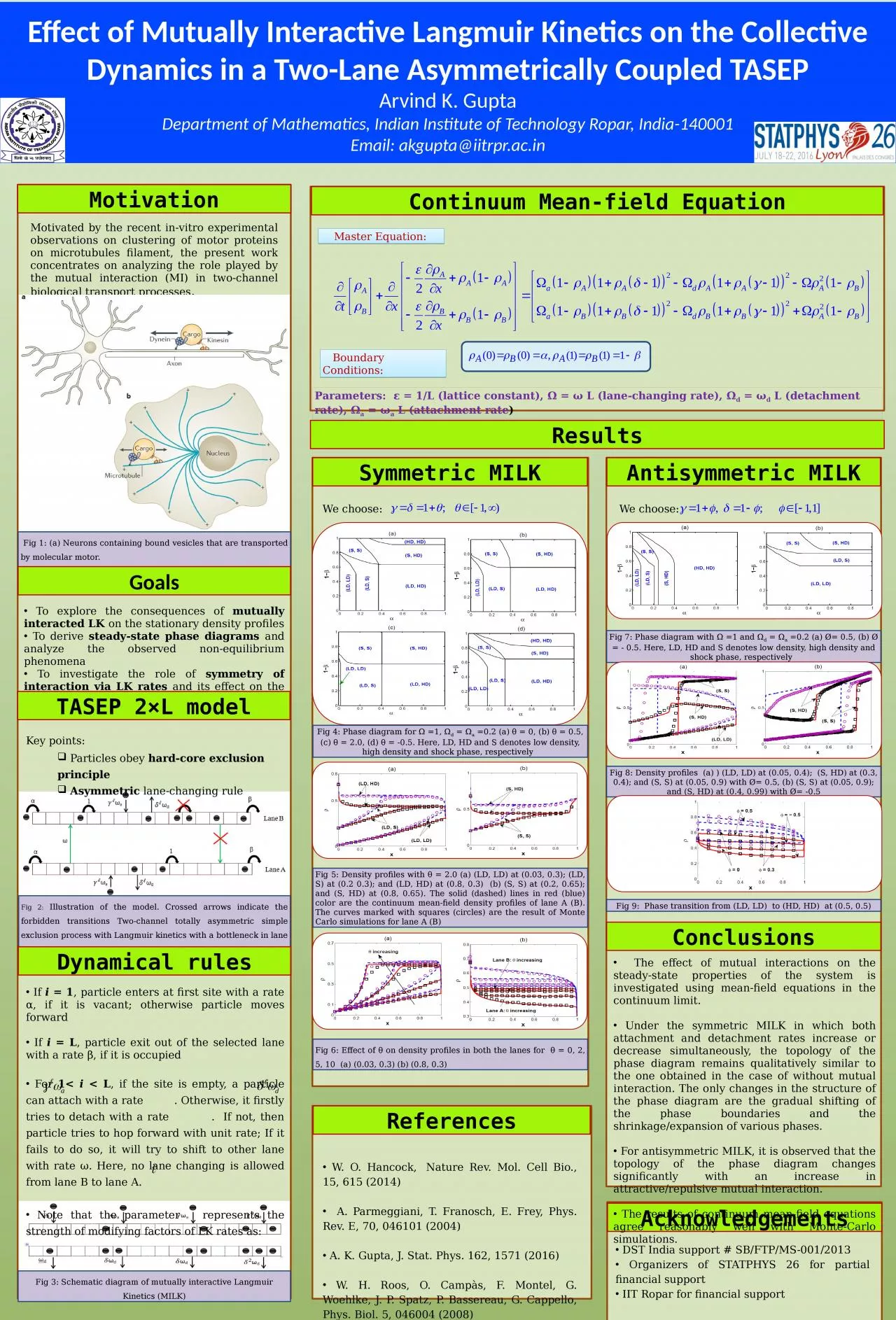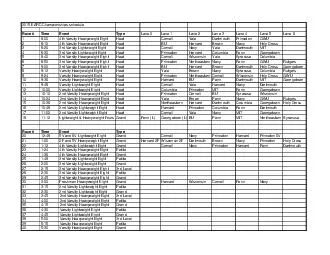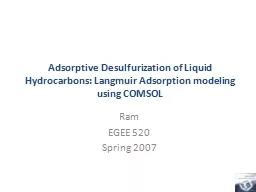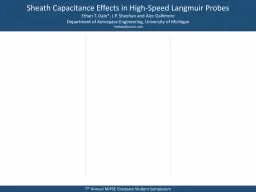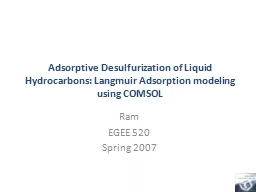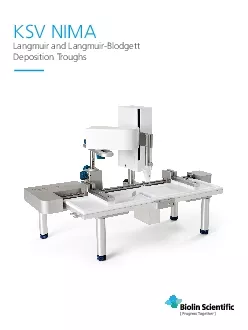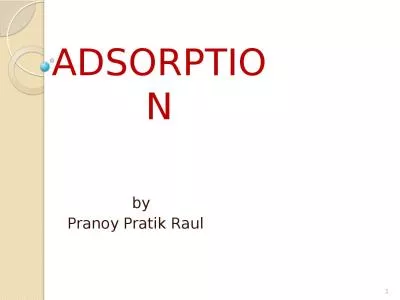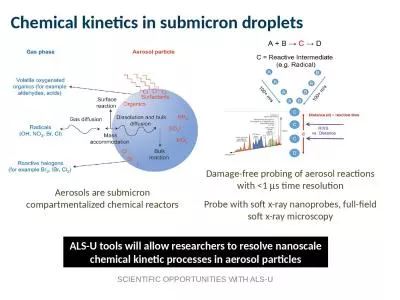PPT-Effect of Mutually Interactive Langmuir Kinetics on the Collective Dynamics in a Two-Lane
Author : mila-milly | Published Date : 2023-11-21
Arvind K Gupta Department of Mathematics Indian Institute of Technology Ropar India140001 Email akguptaiitrpracin Motivated by the recent invitro experimental
Presentation Embed Code
Download Presentation
Download Presentation The PPT/PDF document "Effect of Mutually Interactive Langmuir..." is the property of its rightful owner. Permission is granted to download and print the materials on this website for personal, non-commercial use only, and to display it on your personal computer provided you do not modify the materials and that you retain all copyright notices contained in the materials. By downloading content from our website, you accept the terms of this agreement.
Effect of Mutually Interactive Langmuir Kinetics on the Collective Dynamics in a Two-Lane: Transcript
Download Rules Of Document
"Effect of Mutually Interactive Langmuir Kinetics on the Collective Dynamics in a Two-Lane"The content belongs to its owner. You may download and print it for personal use, without modification, and keep all copyright notices. By downloading, you agree to these terms.
Related Documents

